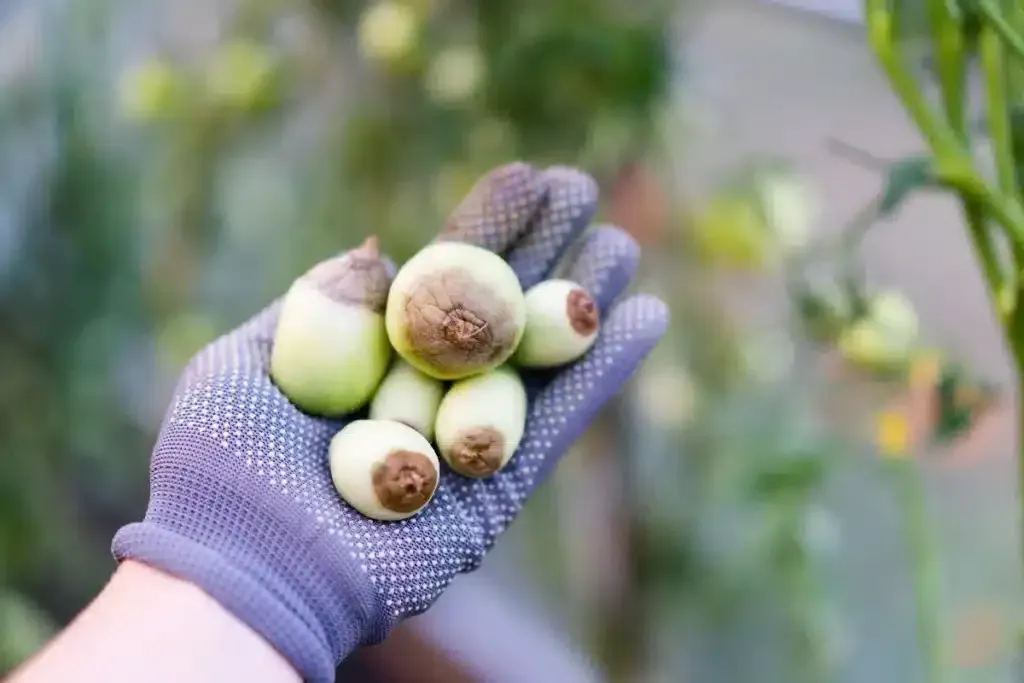These 5 Diseases Can Destroy Your Tomatoes Without Warning — Learn to Spot Them Fast

Tomatoes are a garden favorite, loved for their versatility and nutritional perks. Yet, they can fall prey to a range of diseases that mess with their growth and harvest. Knowing how to spot and deal with these problems is really important for both home gardeners and pros alike.
Tomato Late Blight: A Gardener’s Worst Foe
Tomato Late Blight, sometimes called mildew, is one of the most common and feared fungal diseases in tomato plants. It spreads fast and can really wreck a crop. It usually kicks off with yellow or brown spots on the leaves, and you might even see white, fluffy patches underneath. The fruit can also get brown spots that lead to quick rotting.
To keep late blight at bay, pick tomato varieties that can resist the disease. Giving your plants enough room for good air circulation helps, too. You can also use preventive treatments with copper or sulfur-based products to manage the issue.
Apical Necrosis: More Than Just a Problem
Apical Necrosis, nicknamed “black ass,” isn’t caused by any bugs or fungi—it’s a physical disorder. The fruit ends up with a black or brown patch at one end, leaving it dry and hard.
This problem usually comes from a lack of calcium, mixed with uneven watering practices. To avoid it, make sure your tomato plants get steady, even watering as they grow.
Battling Tomato Powdery Mildew
Tomato Powdery Mildew is another fungal troublemaker that mostly attacks the leaves and stems. It shows up as a white, fuzzy layer on the leaves, which eventually can cause the leaves to twist and fall off early.
To fend off powdery mildew, steer clear of overdoing it with nitrogen-based fertilizers, as that can lead to overly lush but more vulnerable foliage. Make sure your plants have good ventilation to keep the humidity down, and consider using sulfur or plant decoctions as a preventive step.
Tobacco Mosaic Virus (TMV): A Tough Opponent
Tobacco Mosaic Virus (TMV) spreads when healthy plants come into contact with infected ones. Plants carrying TMV show a patchy mix of light and dark green on their leaves, and their fruits might end up misshapen or with yellow streaks.
There’s no fix once a plant catches TMV, so prevention is your best bet. Clean your hands and tools thoroughly after working with plants to help stop the virus from spreading. Getting rid of weeds that might carry the virus and opting for varieties that resist TMV can also help.
Gray Rot: Keeping Botrytis Cinerea in Check
Gray Rot is caused by the fungus Botrytis cinerea. It shows up as a gray felt on leaves and fruits along with soft, watery decay on the fruits. This fungus loves high humidity and poorly ventilated areas.
To lower the risk of gray rot, make sure there’s plenty of air flow around your tomato plants to cut down on humidity. Avoid too much nitrogen fertilization, which can lead to dense foliage that’s more prone to problems. Regularly remove any damaged fruits and leaves to keep the fungus from spreading further.
Understanding these common tomato troubles—Late Blight, Apical Necrosis, Powdery Mildew, Tobacco Mosaic Virus, and Gray Rot—helps you take smart steps to defend your crop. By picking resistant varieties, keeping up good plant care, and using the right treatments when needed, you can look forward to healthier tomatoes and better yields. As you tend your garden this season, consider these tips a handy part of your gardening toolkit for thriving tomatoes year after year.